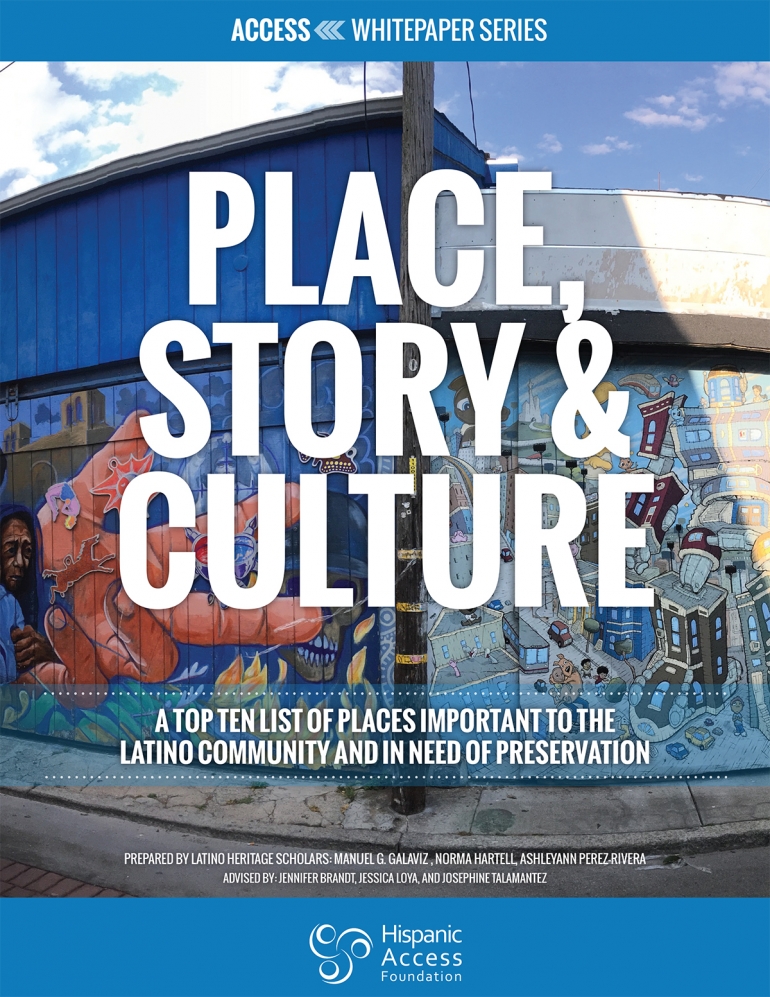These sites are organized chronologically:
#1: Pueblo of Tortugas
Located in southern New Mexico, Tortugas Pueblo is representative of mestizo identity. It is full of history and culture with traditions that represent the blending of indigenous Native American and Hispanic cultures unique to the area.
#2: The Trujillo Adobe
Built in 1863, the Trujillo Adobe is one of the last remnants of the original settlements of Riverside, California. It tells the story of the U.S. westward expansion and the role of Spanish and Latinos migrating from the southwestern state of New Mexico to California.
#3: Corpus Aquino Gallegos Ranch
Located in Costilla County, Colorado, near the town of San Luis in the Sangre de Cristo Mountains, the Gallegos family has lived, owned, and actively maintained the traditional agricultural practices of the region at the Corpus Aquino Gallegos Ranch for over five generations.
#4: Castner Range
Castner Range, the backdrop to El Paso, Texas, owes its history to that of the Native American communities that have occupied the area, of early Spanish travelers, and the growth of U.S. military trainings. Latinos have influenced its landscape, history, culture and traditions since the 1500s.
#5: Rio Vista Farm
Rio Vista Farm, located in Socorro, Texas, served as a processing center for the Bracero Program, the historic binational guest workers program that brought Latino workers to the U.S. to fulfill workforce needs in American cities. Today, 18 adobe structures remain on the 14- acre farm.
#6: McDonnell Hall
Our Lady of Guadalupe Mission Chapel, better known as McDonnell Hall, in the community of Mayfair, San Jose, California, is associated with the civil rights leader César E. Chávez, the activist efforts of the Community Service Organization, and Latino Catholic faith-based activism.
#7: Forty Acres
Forty Acres in Delano, California, is a site associated with the first headquarters of the agricultural labor union, United Farm Workers of America (UFW). The site is significant to the labor movement as the first agricultural labor union in the United States.
#8: Santa Rita Hall
Santa Rita Hall, a single story brick building located in El Campito neighborhood of south Phoenix, Arizona, became an emblem of the UFW in 1972 after Governor Jack Williams signed the House Bill 2134 which would deny farm workers the right to boycott and strike during harvest seasons. César Chávez organized a 24-day water-only fast at Santa Rita hall in response to the Governor’s remarks.
#9: Lincoln High School
Abraham Lincoln High School in East Los Angeles, California, is one of five locations significant to the youth social movement known as the East Los Angeles Blowouts, which focused on elevating the quality of education for Mexican American students. Mexican American high school students from East Los Angeles walked out of their classrooms to protest the poor quality of education they were receiving.
#10: Balmy Alley
In the Mission District of the City of San Francisco, California, between 24th street and Garfield Square is a block-long alley known for its concentrated collection of murals. Since the inception of this mural project, artists have contributed to Balmy Alley with a specific political agenda. The walls of the alley are filled with beautiful artworks that shed light on human rights and political issues.

